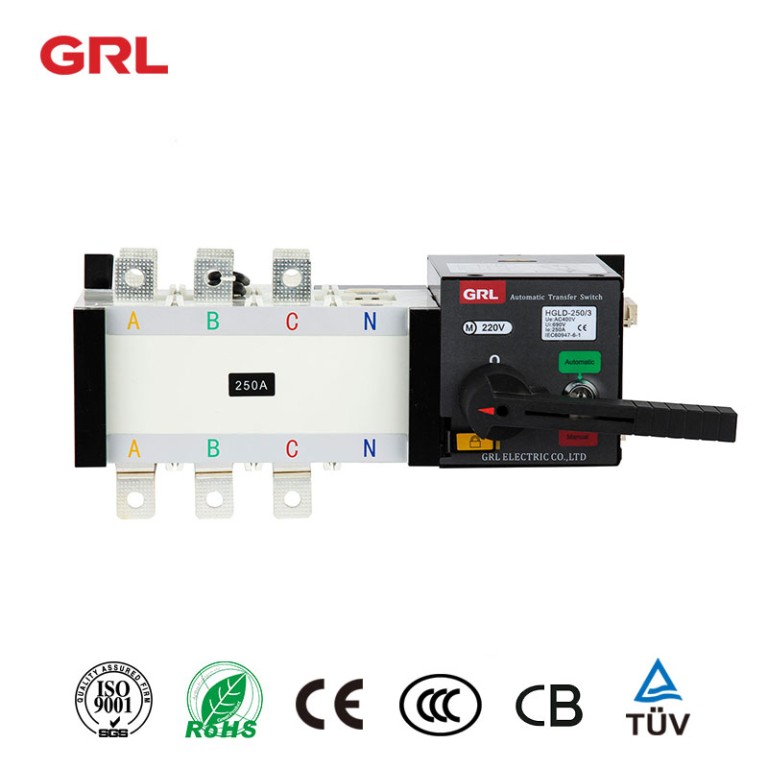
# Automatic Transfer Switch: Ensuring Uninterrupted Power Supply
## What is an Automatic Transfer Switch?
An Automatic Transfer Switch (ATS) is a critical component in power management systems that ensures seamless transition between primary and backup power sources. These devices automatically detect power failures and switch the electrical load to an alternative power source, typically a generator or uninterruptible power supply (UPS).
## How Does an ATS Work?
The operation of an automatic transfer switch can be broken down into three main phases:
– Monitoring: The ATS continuously monitors the voltage and frequency of the primary power source
– Detection: When it detects a power outage or significant deviation from normal parameters, it initiates the transfer process
– Switching: The switch transfers the load to the backup power source within seconds, minimizing downtime
## Key Benefits of Automatic Transfer Switches
### Reliability
ATS units provide reliable power transfer without human intervention, eliminating the risk of human error during critical power transitions.
### Speed
Modern automatic transfer switches can complete the transfer process in as little as 1/6 of a second, ensuring minimal disruption to sensitive equipment.
### Safety
These devices prevent dangerous backfeeding situations where power could flow back into utility lines, protecting both equipment and personnel.
## Types of Automatic Transfer Switches
There are several configurations of ATS units designed for different applications:
Keyword: Automatic Transfer Switch
– Open Transition: Breaks connection with primary source before connecting to backup
– Closed Transition: Maintains connection during transfer for zero interruption
– Soft Load: Gradually transfers load to prevent generator overload
– Bypass Isolation: Allows maintenance without disrupting power
## Applications of ATS Systems
Automatic transfer switches are used in various critical environments:
– Hospitals and healthcare facilities
– Data centers and server rooms
– Industrial manufacturing plants
– Telecommunications infrastructure
– Commercial buildings and emergency services
## Choosing the Right ATS
When selecting an automatic transfer switch, consider these factors:
– Load capacity requirements
– Transfer time specifications
– Number of power sources
– Environmental conditions
– Compliance with local electrical codes
## Maintenance Considerations
Proper maintenance ensures optimal ATS performance:
– Regular testing of transfer functionality
– Inspection of electrical connections
– Cleaning of contacts and components
– Verification of control logic and settings
– Lubrication of mechanical components (if applicable)
Automatic transfer switches play a vital role in modern power infrastructure, providing the reliability and automation needed to maintain continuous operations during power disruptions. By understanding their operation, benefits, and maintenance requirements, organizations can ensure they select and maintain the right ATS solution for their specific needs.
